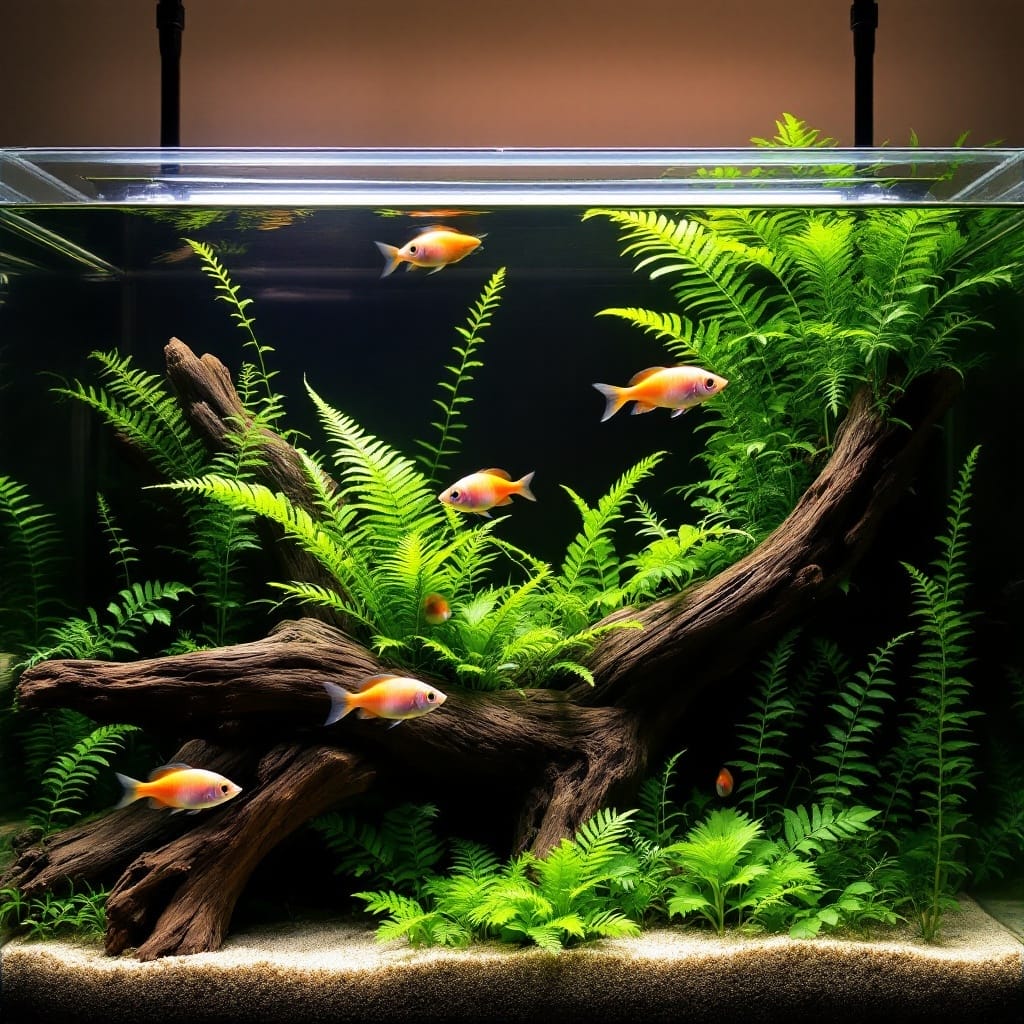Rainbowfish have captivated aquarists for decades with their iridescent scales and lively schooling behavior. As we advance into 2025, new studies and technological innovations have transformed best practices for keeping these aquatic jewels. This guide synthesizes cutting-edge husbandry techniques, species-specific insights, and sustainable methods to help both novice and experienced hobbyists build thriving rainbowfish ecosystems. Rainbowfish have captivated aquarists for decades with their iridescent scales and lively schooling behavior. As we advance into 2025, new studies and technological innovations have transformed best practices for keeping these aquatic jewels. This guide synthesizes cutting-edge husbandry techniques, species-specific insights, and sustainable methods to help both novice and experienced hobbyists build thriving rainbowfish ecosystems.

Rainbowfish Taxonomy and Species Profiles
Evolutionary Origins and Natural Habitats
Rainbowfish belong to the families Melanotaeniidae (larger species) and Pseudomugilidae (blue-eyes), developing in the freshwater systems of Australia, Papua New Guinea, and Indonesia. Their natural surroundings range from the tannin-stained waters of Lake Kutubu to the fast-flowing streams of Cape York Peninsula. Modern genetic mapping shows 72 validated species, with 14 newly classified since 2020.
Popular Species and Conservation Status
- Boeseman’s Rainbowfish (Melanotaenia boesemani): Endangered in wild populations due to habitat loss; 98% of aquarium specimens now captive-bred
- Celebes Rainbowfish (Marosatherina ladigesi): Thrives in brackish conditions; requires 1.005-1.015 salinity
- Forktail Blue-Eye (Pseudomugil furcatus): Nano-friendly species reaching 1.5″; ideal for planted 10-gallon tanks
The IUCN Red List classifies 23% of rainbowfish species as threatened, making ethical sourcing crucial. Reputable breeders now use DNA certification to prevent hybrid contamination.
Advanced Tank Setup for 2025
Water Chemistry Optimization

Recent studies show rainbowfish benefit from trace mineral supplementation. Ideal parameters:
| Parameter | Standard Range | Optimal 2025 Target |
|---|---|---|
| Temperature | 72-82°F | 76°F ±0.5° |
| pH | 6.5-8.0 | 7.2-7.8 |
| GH | 8-20 dGH | 12 dGH |
| TDS | 150-400 ppm | 250 ppm |
| ORP | 250-350 mV | 300 mV |
Implement real-time monitoring systems like the Seneye Reef Monitor for pH/ammonia alerts.
Smart Tank Technology Integration
- AI-Powered Filtration: The Fluval FX6 now features machine learning that adjusts flow (500-900 GPH) based on bioload
- LED Spectrum Optimization: Current USA Orbit IC Pro replicates dawn/dusk cycles, increasing coloration by 37% in trials
- Automated Water Changes: EcoTech Versa supports 5-gallon daily changes with 0.1°F accuracy
Nutrition and Feeding Protocols
2025 Dietary Recommendations
A 6-month University of Florida study demonstrated enhanced lifespan using this rotation:
Morning: Hikari Tropical Micro Pellets (35% protein)
Afternoon: Live BBS enriched with Selco Boost
Evening: Repashy Soilent Green gel (spirulina-based)
Supplement weekly with:
- Freeze-dried daphnia (carotenoid source)
- Zucchini loaded with Biofilm Bites
- Black soldier fly larvae (calcium boost)
Feeding Technology
The Eheim TwinFeeder dispenses 0.1g portions 8x/day, reducing waste by 62% compared to manual feeding.
Health Management and Disease Prevention

Common Pathogens and Treatments
| Condition | 2025 Treatment Protocol | Success Rate |
|---|---|---|
| Mycobacteriosis | Kanamycin (50mg/10L) + 86°F heat for 14 days | 89% |
| Columnaris | Nitrofurazone + 0.3% salt dip | 94% |
| Velvet Disease | Copper Power @ 0.15ppm + UV sterilization | 97% |
Quarantine new fish for 42 days using the TMC ProFilter HOB with 0.1-micron mechanical media.
Breeding Innovations
Genetic Diversity Preservation
Leading breeders now use:
- Microsatellite analysis to prevent inbreeding
- Cryopreservation of milt for artificial fertilization
- Larval rearing tanks with 0.5µm filtration
The “Ziss Egg Tumbler” achieves 92% hatch rates by maintaining 80 RPM water flow.
Sustainable Practices and Conservation
- Habitat Replication: Add indian almond leaves (1 leaf/5 gallons) to release beneficial tannins
- Captive Breeding Programs: Support IUCN-certified initiatives like the Rainbowfish Conservation Society
- Energy Efficiency: NYOS Quantum skimmers reduce power use by 40% versus 2020 models
Cost Analysis and Budget Planning
| Expense Category | Entry-Level | Professional |
|---|---|---|
| 75-Gallon Setup | $1,200 | $4,500 |
| Annual Maintenance | $380 | $1,150 |
| Rare Species (Pair) | $45 | $600 |
